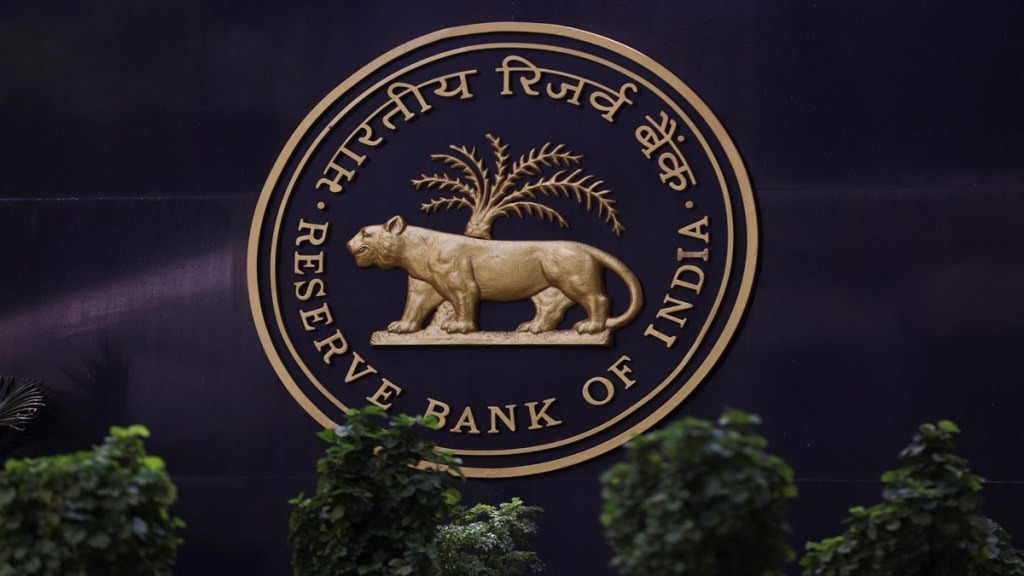The June Monetary Policy Committee (MPC) meeting was all about seizing the opportunity created by softening of inflation and growth outlook and sending a strong signal with a front-loaded rate cut of 50 bps. While the majority of the committee, including Dr Nagesh Kumar, Professor Ram Singh, Dr Rajiv Ranjan, Dr Poonam Gupta, and Governor Sanjay Malhotra, converged on the decisive move, one voice urged a more tempered approach. Saugata Bhattacharya, Economist, Mumbai, stood as the lone dissenter, casting his vote for a 25 bps reduction instead of 50.
Why though?
The rationale for a 50 bps cut was clear: hasten transmission, and provide the necessary impetus for consumption and investment. The MPC members believed it was imperative to seize the opportunity provided by the favourable inflation dynamics to support growth but why the dissenting voice from one of the members?
Saugata Bhattacharya’s perspective was rooted in a profound sense of caution, primarily driven by the persistent “elevated uncertainty” pervading the global economic outlook. He pointed out that phrases related to “uncertain” and “volatility” appeared six times within the MPC statement. “This continuing elevated uncertainty remains, to my mind, the primary reason to exercise caution in pacing monetary policy easing. Hence, there is little to add to the essence of my statement in the minutes of the last April ’25 meeting,” he added.
While he acknowledged the Indian economy’s resilience and growth performance in Q4FY25 and the full FY25 and also the incoming high frequency indicators despite the prevailing uncertainty, he suggested a “calibrated policy easing path”. He said, “…the experience of the periodic FY24 GDP data revisions also support a calibrated policy easing path. On the demand side, I await a sense of the effects of the well-thought income tax rate cuts, as well as other price and income support measures.”
Furthermore, while Bhattacharya agreed that the near-and-longer-term forecast for inflation offers more space for easing, he highlighted that the transmission of previous policy rate cuts into bank lending rates had accelerated post-March 2025 and was expected to proceed apace. He credited the RBI’s massive liquidity expansion and continuing large durable liquidity support, noting that Rs Rs 9.5 lakh crore of durable liquidity has been injected into the banking system since January 2025. In this context, he said, “I believe that the RBI’s assurance of continuing large durable liquidity support is likely to have a more dominant effect on further transmission compared to a deep cut in the repo rate.”
His vote for a 25 bps cut reflected his belief in a “measured and cautious” approach, ensuring that policy actions were proportional to the evolving macroeconomic situation and existing transmission channels. However, despite his call for more gradual easing, Bhattacharya concurred with the committee’s decision to change the monetary policy stance from accommodative to neutral.
“Accordingly, I vote to cut the policy repo rate by 25 basis points to 5.75 per cent. I concur with the view to change the stance from accommodative to neutral,” he concluded.
While the MPC ultimately resolved to reduce the policy repo rate by 50 bps with the SDF rate adjusted to 5.25 per cent and the MSF rate and bank rate to 5.75 percent, Saugata Bhattacharya’s dissenting voice served as a crucial reminder. It underscored the importance of factoring in complex uncertainties and the nuanced efficacy of various policy tools, even when the broader economic indicators suggest a more aggressive stance.
What was the rationale behind the 50 bps cut?
Now coming to the rate cut that happened. The other MPC members had voted for a 50 bps cut. According to the Minutes of the Monetary Policy Committee Meeting, key points include the significant softening of inflation over the last six months, growth that remained lower than aspirations amidst a challenging global environment. This created “headroom” for rate cuts.
Dr Nagesh Kumar and Prof Ram Singh argued for a “heavier-than-expected” or “front-loaded” cut to send a clear message, spur investment and consumption, and accelerate transmission . Dr Rajiv Ranjan specifically noted that a larger cut can have the same effect on output as in a contractionary cycle and provides decisive signals to stakeholders.
Now after reducing the policy repo rate by 100 bps in quick succession since February 2025, under the current circumstances, monetary policy is left with very limited space to support growth.
